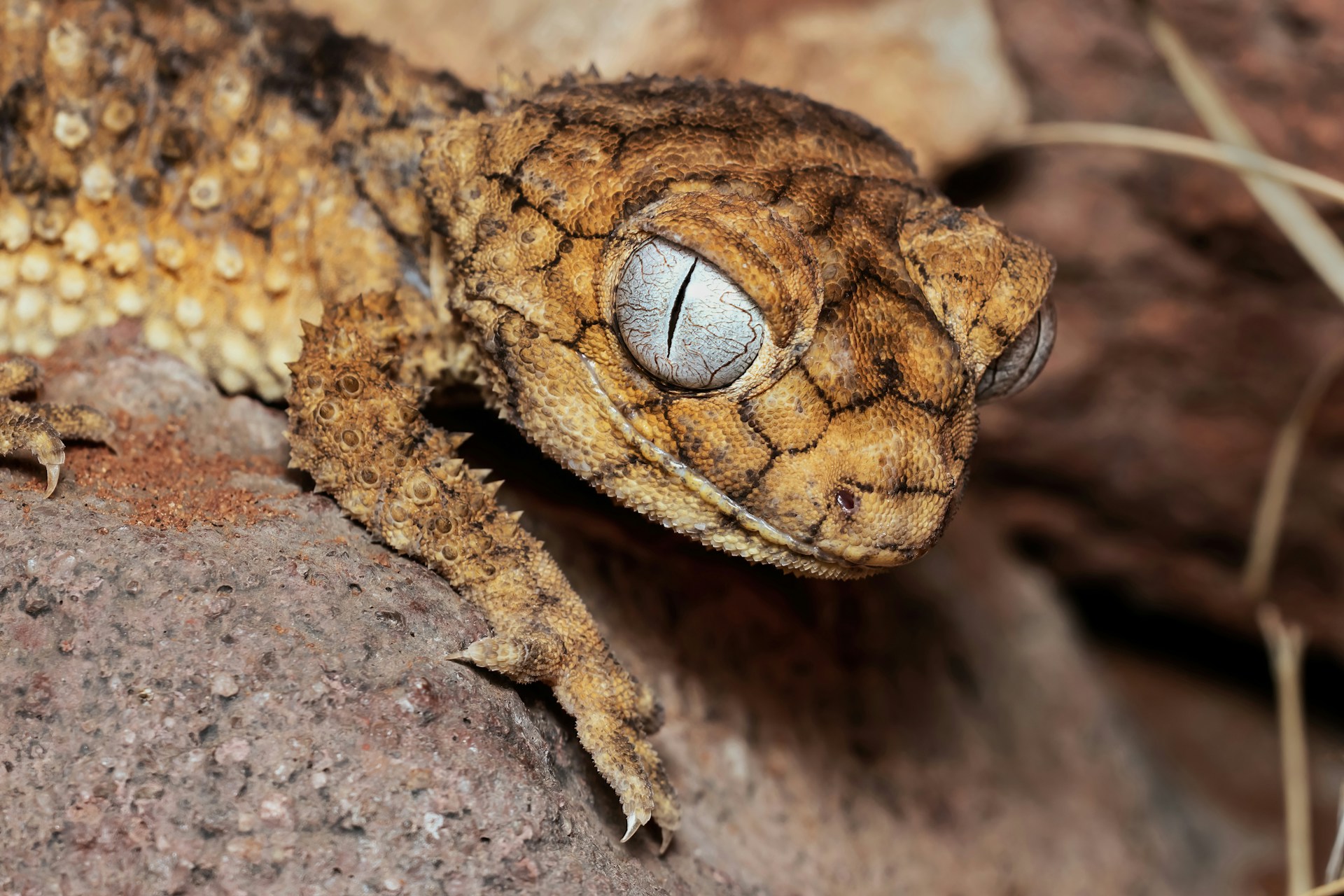In a world where biodiversity faces unprecedented threats, reptiles remain among the most vulnerable and often overlooked species. From the majestic Galapagos tortoise to the critically endangered Chinese alligator, reptiles across the globe confront habitat loss, climate change, illegal wildlife trafficking, and other human-induced perils. The international community has responded by establishing various legal frameworks designed to shield these ancient creatures from extinction. This article explores the most significant legislation and international agreements protecting endangered reptiles, highlighting how these laws operate, their effectiveness, and the continuing challenges in reptile conservation globally.
The Convention on International Trade in Endangered Species (CITES)
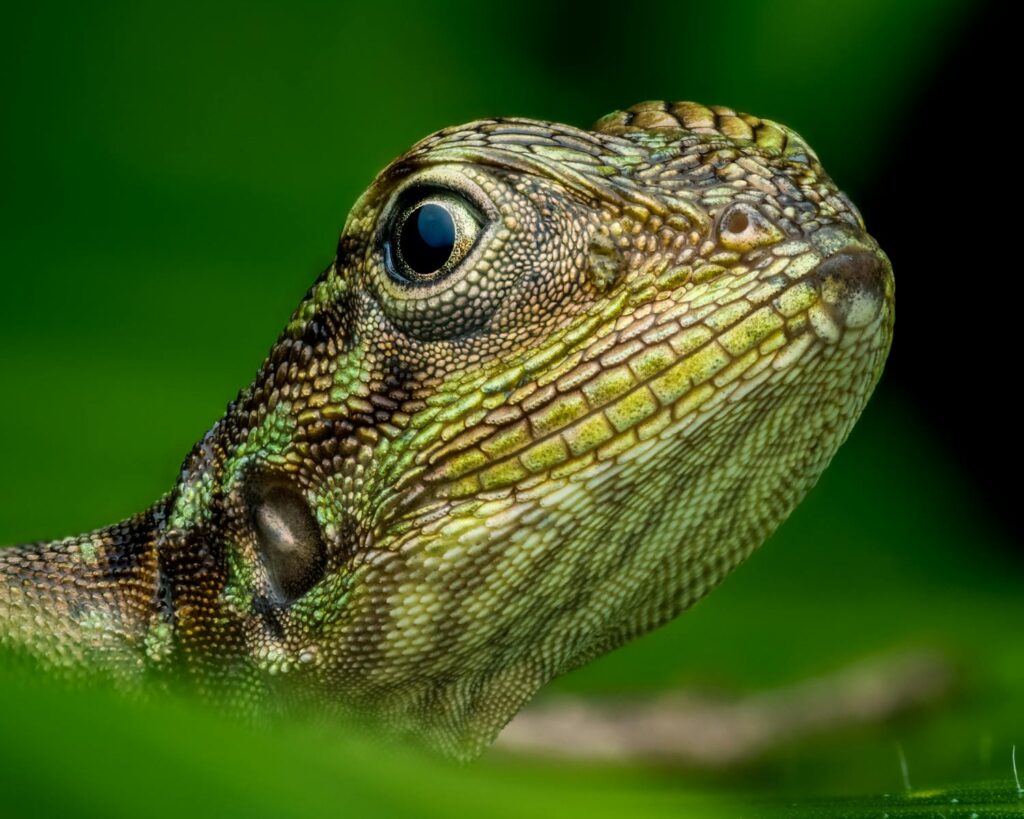
CITES stands as perhaps the most influential international agreement protecting endangered reptiles from exploitation through commercial trade. Established in 1973 and now including 184 countries, this treaty regulates international commerce in over 38,000 species, with numerous reptiles listed in its three appendices based on their conservation status. Appendix I, which includes critically endangered species like the Gharial crocodile and various sea turtles, prohibits all international commercial trade except in extraordinary circumstances. Appendix II permits regulated trade with proper documentation, while Appendix III lists species protected in at least one country that seeks assistance from other nations in controlling trade. CITES has been instrumental in reducing the exploitation of numerous reptile species, including various monitor lizards, pythons, and tortoises that would otherwise face decimation for the international pet, leather, and traditional medicine markets.
The U.S. Endangered Species Act (ESA)

The Endangered Species Act represents America’s most comprehensive legislation for protecting biodiversity, including numerous reptile species both domestically and internationally. Enacted in 1973, the ESA provides for the conservation of ecosystems upon which threatened and endangered species depend, prohibiting the “taking” (harming, harassing, or killing) of listed species and restricting habitat destruction on federal lands. The law grants protection to both domestic reptiles like the Eastern indigo snake and desert tortoise, and international species like the Komodo dragon, restricting their import, export, and interstate commerce without proper permits. Since its inception, the ESA has helped stabilize populations of the American alligator and has been crucial in recovery efforts for various sea turtle species that nest on U.S. shores. The act’s habitat conservation provisions have preserved millions of acres critical to reptile survival, demonstrating how comprehensive legislation can address multiple threats simultaneously.
The European Union Wildlife Trade Regulations

The European Union has established one of the most stringent wildlife protection frameworks through its Wildlife Trade Regulations, which implement CITES provisions while adding stricter measures. These regulations categorize species into four annexes that determine import and commercial restrictions, often exceeding CITES requirements for many reptile species. For instance, all sea turtle species are listed in Annex A (equivalent to CITES Appendix I), prohibiting all commercial activities involving these animals within the EU, even for specimens bred in captivity that might be permitted limited trade under CITES. The EU regulations are particularly significant given Europe’s position as one of the world’s largest markets for exotic reptiles in the pet trade. Through systematic border controls and documentation requirements, these regulations have helped intercept thousands of illegally traded reptiles annually, from Greek tortoises to rare chameleons that might otherwise disappear from their native habitats due to collection pressure.
Australia’s Environment Protection and Biodiversity Conservation Act

Australia, home to some of the world’s most unique reptile species, protects its scaled inhabitants through the Environment Protection and Biodiversity Conservation Act (EPBC) of 1999. This comprehensive legislation represents Australia’s primary environmental law, providing a legal framework for protecting threatened species, ecological communities, and heritage places of national significance. The EPBC Act regulates actions likely to impact nationally listed threatened species, including unique reptiles like the Western swamp tortoise and the pygmy blue-tongue lizard. Notably, the Act imposes severe penalties for wildlife trafficking, with fines up to AU$210,000 and imprisonment up to 10 years for individuals exporting protected reptiles. Australia’s approach is particularly relevant given the country’s 860+ reptile species, many of which are endemic and highly sought after in international black markets, making the strict enforcement provisions of the EPBC Act crucial for their survival in the wild.
India’s Wildlife Protection Act

India’s Wildlife Protection Act of 1972 stands as one of Asia’s most influential conservation laws, offering protection to numerous reptile species including the iconic Indian gharial, mugger crocodile, and various turtle species. The Act classifies wildlife in six schedules with varying degrees of protection, with Schedule I providing the highest level of security for critically endangered species like the Indian python. Under this legislation, hunting, capturing, or trading protected reptiles can lead to imprisonment of up to seven years and substantial fines, reflecting India’s commitment to wildlife conservation. The Act also enables the establishment of protected areas such as national parks and sanctuaries, many of which serve as crucial habitats for endangered reptiles like the Indian star tortoise. Through decades of implementation and several amendments to strengthen its provisions, this legislation has helped stabilize populations of the saltwater crocodile and has been instrumental in conservation initiatives for numerous freshwater turtle species across the Indian subcontinent.
The International Union for Conservation of Nature’s Red List
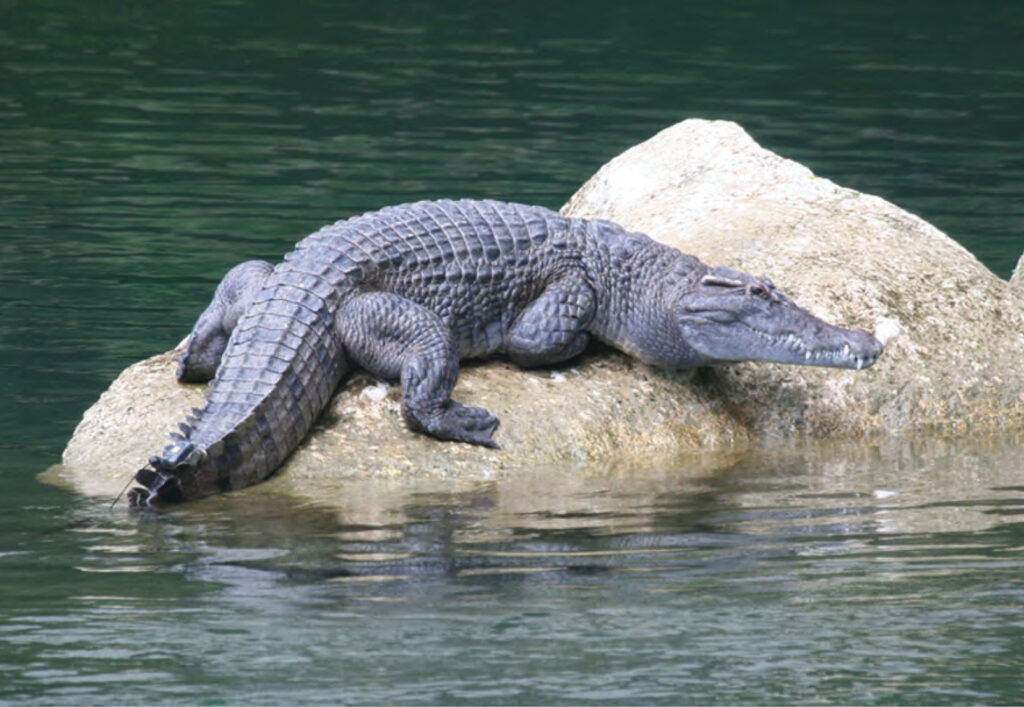
While not a law itself, the IUCN Red List serves as the most comprehensive global information source on the conservation status of plant and animal species, directly influencing legal protections for reptiles worldwide. Established in 1964, this scientific assessment tool evaluates extinction risk using criteria such as population size, distribution, and rate of decline, categorizing species from “Least Concern” to “Critically Endangered” or “Extinct.” The Red List currently includes assessments for over 10,000 reptile species, with approximately 21% classified as threatened with extinction. Many national laws and international agreements rely on IUCN data to determine which species warrant legal protection, making the Red List a foundational element of reptile conservation legislation globally. The scientific rigor behind these assessments provides the evidence base needed for effective conservation planning and resource allocation, helping prioritize protection efforts for reptiles like the ploughshare tortoise of Madagascar or the Cuban crocodile, both critically endangered according to IUCN criteria.
Sea Turtle-Specific Legislation: The Inter-American Convention

The Inter-American Convention for the Protection and Conservation of Sea Turtles represents the only international treaty dedicated exclusively to sea turtles, addressing the unique conservation challenges these migratory reptiles face. Established in 1996 and in force since 2001, the Convention currently includes 15 Western Hemisphere nations committed to protecting six species of sea turtles that inhabit the Americas. The treaty requires member countries to prohibit the intentional capture and domestic trade of sea turtles, implement measures to reduce bycatch in fishing operations, and protect critical nesting habitats along coastlines. Unlike many international agreements, the Convention includes specific provisions requiring the use of Turtle Excluder Devices (TEDs) in shrimp trawl nets, a practical measure that has saved thousands of sea turtles from drowning in fishing gear annually. By addressing both terrestrial and marine threats throughout sea turtles’ range, this specialized agreement demonstrates how targeted legislation can complement broader wildlife protection laws.
Africa’s Regional Conservation Laws
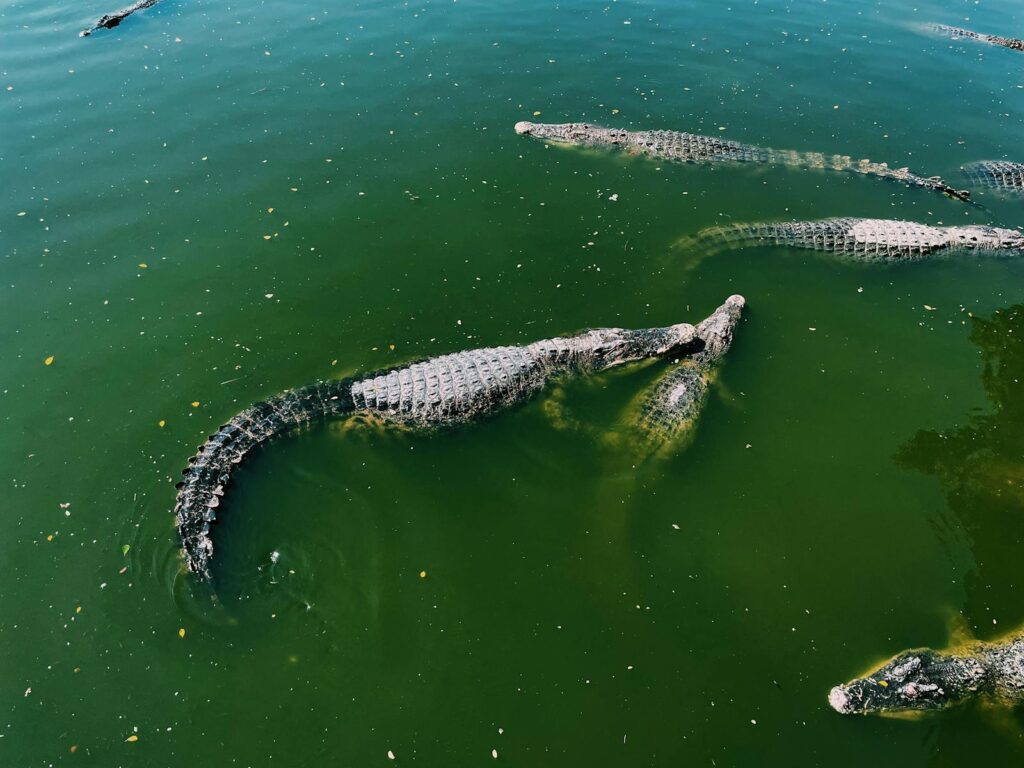
Across the African continent, various regional agreements and national laws form a patchwork of protection for the continent’s rich reptile diversity. The African Convention on the Conservation of Nature and Natural Resources, revised in 2003, represents the continent’s broadest conservation agreement, requiring member states to ensure conservation of threatened species including reptiles like the African slender-snouted crocodile. South Africa’s National Environmental Management: Biodiversity Act provides comprehensive protection for endemic species like the geometric tortoise, imposing strict penalties for poaching. In East Africa, Kenya’s Wildlife Conservation and Management Act of 2013 established some of the continent’s strongest anti-poaching measures, with penalties up to life imprisonment for trafficking endangered reptiles including the pancake tortoise. These regional approaches are particularly important for species like the Nile crocodile, whose range spans multiple countries and requires coordinated conservation efforts across political boundaries to ensure effective protection throughout its habitat.
China’s Wildlife Protection Law
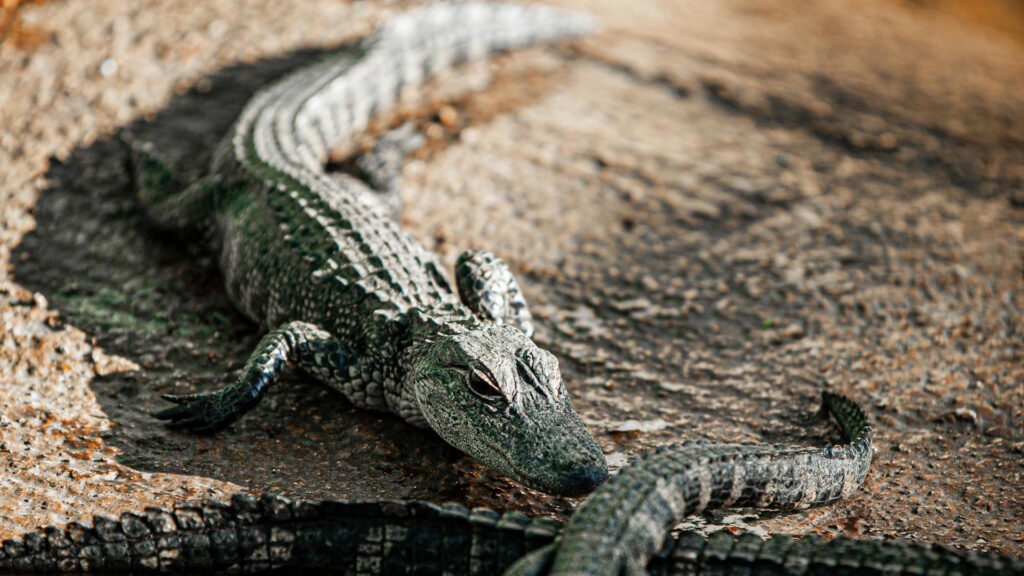
China’s Wildlife Protection Law, significantly strengthened through amendments in 2016 and 2020, has become increasingly important for reptile conservation both within China and globally due to the country’s role in wildlife trade. The law categorizes protected species into two classes based on their conservation status and cultural significance, with Class I offering the highest protection for critically endangered reptiles like the Chinese alligator. Following the COVID-19 pandemic, the 2020 amendments notably banned the consumption of most terrestrial wildlife, including reptiles, and significantly increased penalties for wildlife trafficking with fines up to 2 million yuan (approximately $290,000). The law also establishes a permit system for scientific research, captive breeding, and other special uses of protected reptiles, regulating these activities to prevent exploitation under the guise of conservation. For international reptile conservation, China’s strengthened legislation is particularly significant given the country’s historical position as a major destination for trafficked wildlife, with stronger domestic enforcement helping to reduce market demand for rare species like the Chinese three-striped box turtle and various crocodilians.
Brazil’s Law of Environmental Crimes

Brazil’s Law of Environmental Crimes (Law No. 9,605 of 1998) provides comprehensive protection for the country’s remarkable reptile diversity, including iconic species like the yellow-spotted Amazon river turtle and the broad-snouted caiman. This legislation criminalizes activities harmful to protected fauna, imposing penalties of up to five years imprisonment for killing, hunting, capturing, or using wildlife without proper authorization, with increased sentences for endangered species. The law extends beyond direct exploitation to address habitat destruction, creating legal frameworks to protect crucial environments like the Amazon rainforest and the Pantanal wetlands, both critical ecosystems for numerous threatened reptile species. Brazil’s approach is particularly important given the country hosts approximately 760 reptile species, many found nowhere else on Earth and increasingly threatened by habitat conversion and illegal collection. Through this comprehensive legislation, Brazil has established wildlife protection units specifically trained to combat reptile trafficking, particularly targeting organized criminal networks that exploit rare species like the Brazilian tegu lizard for international markets.
The Lacey Act: Combating Wildlife Trafficking

The U.S. Lacey Act, first passed in 1900 and significantly strengthened through amendments in 2008, represents one of history’s oldest wildlife protection laws with particular importance for combating international reptile trafficking. This groundbreaking legislation prohibits trade in wildlife, fish, and plants that have been illegally taken, possessed, transported, or sold – making it unlawful to import, export, sell, receive, acquire, or purchase reptiles taken in violation of any foreign law. The Lacey Act’s unique feature is its ability to enforce other countries’ wildlife laws through the U.S. legal system, effectively extending conservation protections across borders. Penalties can reach five years imprisonment and $250,000 in fines for individuals ($500,000 for organizations), creating significant deterrents for wildlife criminals. The Act has been used to prosecute numerous major reptile trafficking cases, including operations targeting rare tortoise species from Madagascar, monitor lizards from Indonesia, and various snake species from around the world, demonstrating how domestic legislation can have global conservation impact.
Marine Conservation Laws: Protecting Sea Turtles and Marine Iguanas
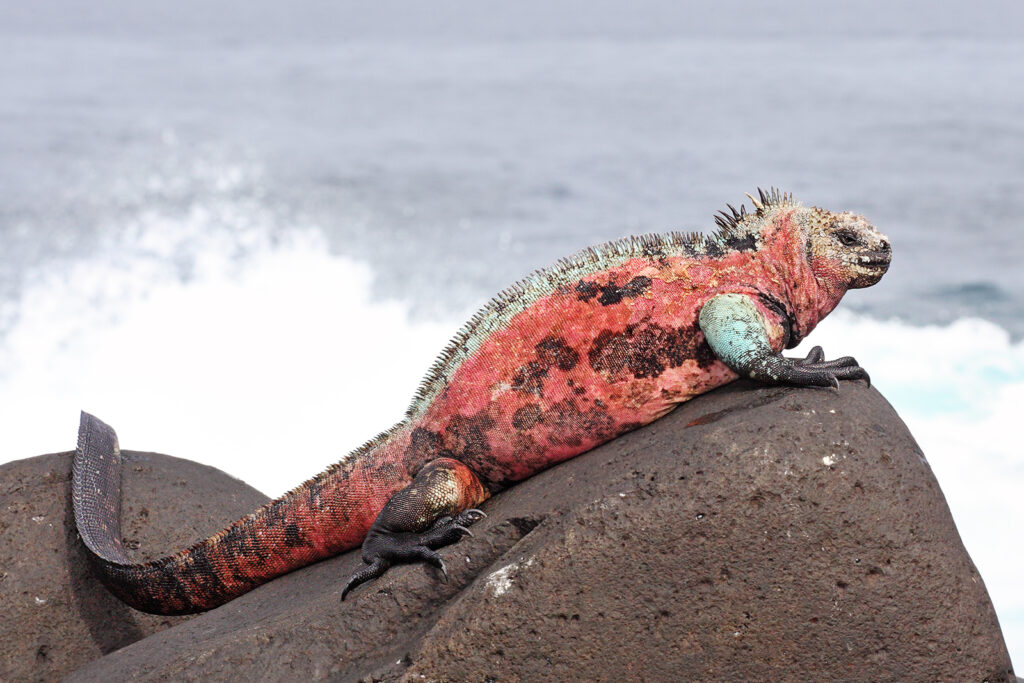
Marine reptiles benefit from specialized legislation aimed at ocean conservation, extending protection beyond terrestrial wildlife laws. The U.S. Marine Turtle Conservation Act of 2004 established a dedicated fund supporting sea turtle conservation projects in foreign countries, acknowledging the global nature of these species’ ranges and the need for international cooperation in their protection. Ecuador’s Special Law for the Galápagos Province provides specific protections for the islands’ unique marine iguana population, establishing a marine reserve that prohibits industrial fishing within 40 nautical miles of the archipelago. Australia’s Great Barrier Reef Marine Park Act includes provisions specifically designed to protect sea turtles within the world’s largest coral reef ecosystem, designating critical habitat areas where human activities are restricted during nesting seasons. These marine-focused legal frameworks complement terrestrial conservation laws by addressing the unique threats faced by reptiles in ocean environments, including fisheries bycatch, marine pollution, and habitat degradation along coastlines that serve as crucial nesting habitat for species that have existed since the age of dinosaurs.
The Effectiveness and Future of Reptile Protection Laws

Despite substantial legal frameworks, the effectiveness of reptile conservation laws varies dramatically depending on implementation, enforcement capacity, and political will. Even the strongest legislation faces challenges when funding for enforcement remains inadequate or when corruption undermines wildlife protection efforts, as seen in parts of Southeast Asia where reptile trafficking persists despite comprehensive laws. Climate change presents an emerging challenge that most existing legislation is ill-equipped to address, particularly for temperature-dependent species like tuatara whose sex determination is influenced by incubation temperatures. Looking forward, more integrated approaches that combine traditional conservation laws with economic incentives for local communities living alongside endangered reptiles show promise, as demonstrated by community-based turtle conservation initiatives in Costa Rica. The most effective reptile protection will likely come from legislation that addresses root causes of decline—habitat loss, climate change, and human exploitation—while providing sustainable alternatives for communities that might otherwise rely on reptile harvesting for income, representing a shift from purely prohibitive approaches to more collaborative conservation strategies.
Conclusion

The legal landscape protecting endangered reptiles reflects both the global recognition of their ecological importance and the complex challenges in ensuring their survival. From international treaties like CITES to national legislation such as the Endangered Species Act, these legal frameworks provide essential safeguards against exploitation and habitat destruction. However, the continuing decline of many reptile species highlights the gap between legislative protection on paper and effective conservation on the ground. The future of reptile conservation law likely lies in more adaptive, integrated approaches that combine strict protection with community engagement, sustainable use where appropriate, and innovative solutions to emerging threats like climate change. As we continue to refine and strengthen these legal protections, their success will ultimately depend on our collective commitment to enforcement, funding, and a deeper valuing of reptiles as irreplaceable components of Earth’s biodiversity.


